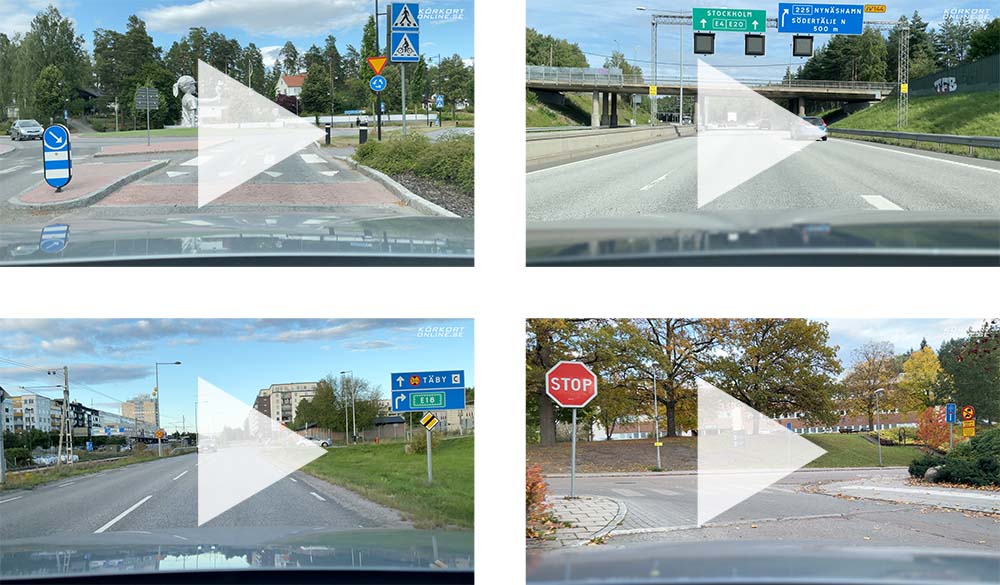Körkortonline > Theory & regulations > Child safety seats
Child safety seats – when different ones are to be used: tips and advice

A rear-facing baby car seat.
- It is the driver’s responsibility to ensure that children under the age of 15 have the correct protection.
- Children shorter than 135 cm must have some form of special child protection.
- Exception 1: Occasional trips in the back seats of taxis are permitted if the child is under 3 years old.
- Exception 2: Occasional trips over short distances for children over 3 years old and under 135 cm are permitted if the child sits in the back seat with a seat belt on.
Baby car seat
- 0–9 months old or until the child is able to sit steadily.
- The airbag must be disconnected if the baby car seat is placed in the front seat.
- A rear-facing baby car seat provides the best protection.
Rear-facing child safety seat
- 7 months to 4 years old, or until the child’s head reaches the edge of the child safety seat.
- The airbag must be disconnected if the child safety seat is placed in the front seat.
- Front-facing child safety seats exist, but the rear-facing type is preferable from a safety viewpoint.

Rear-facing child safety seat with ISOFIX.
Booster seat / booster cushion
- 4 years and until the child is over 135 cm tall.
- The airbag must be disconnected if the booster cushion is placed in the front seat.
- The back seat offers the safest placement.
Taking away the child seat and sitting like an adult
- The child’s height is the primary determinant for which form of protection is suitable, but by the age of 10, most children manage with adult seats.
- At a height of 135 cm, the child can sit without a booster seat/booster cushion, but not in a seat with an airbag.
- At a height of 140 cm, the child can sit anywhere, just like an adult – i.e. even in a seat with an airbag.
Latest forum posts
Topic
Posts
Latest post
- << Crash safety
- Child safety seats ↑↑
- Length & width >>



